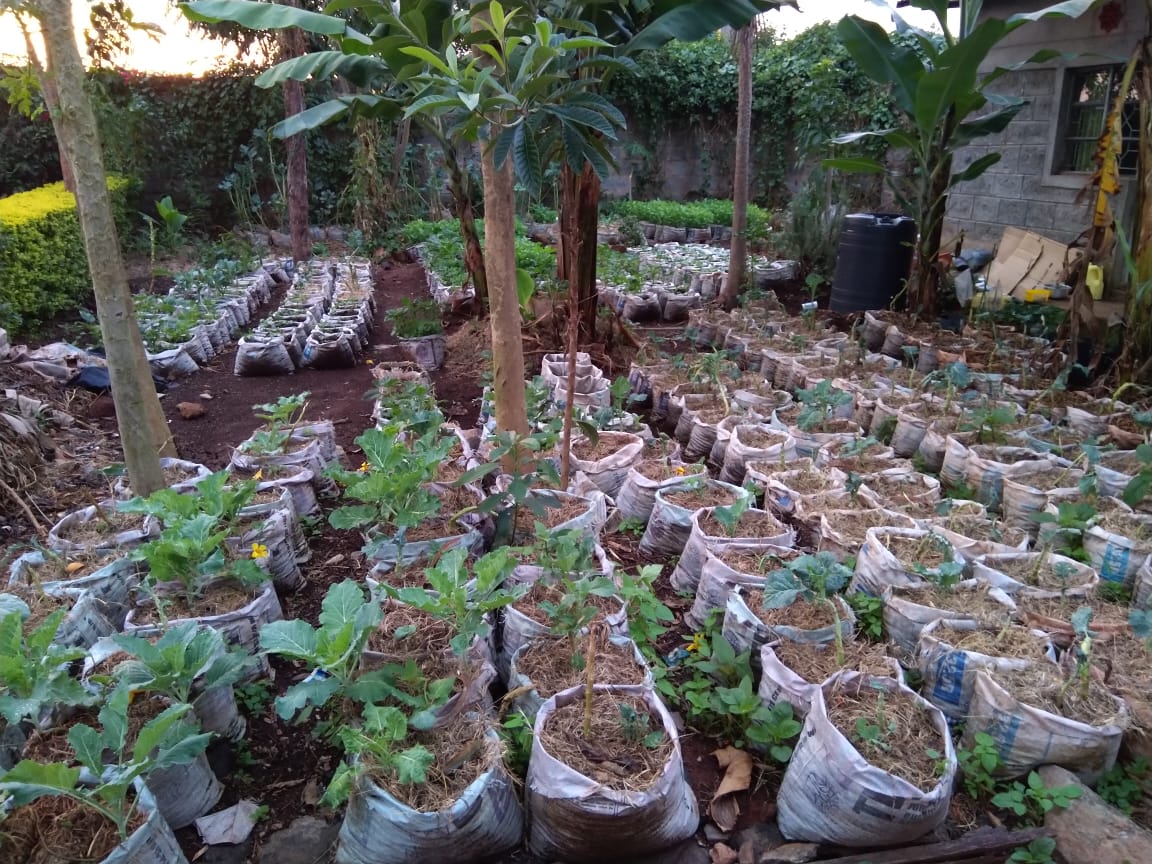
By Brian Moseti
A chance encounter with Asparagus introduced David Nahashon to a crop that has changed the fortunes of his farm in Matasia Village of Ngong District in Kajiado County.
Nahashon, like most Kenyans, had cultivated maize, beans and common vegetables like collard greens and spinach for decades, yet most of his ventures ended up being just for sustenance. That was until he saw asparagus retailing at Sh1000 per kilogram in a local supermarket.
Related News: Good news to fresh produce exporters as Air France announces more weekly flights to Kenya
"Until that supermarket trip, I had not heard about asparagus. but on further research, I discovered that it grows well in Kenya and that there is a ready market for it," said Nahashon.
To learn more about the crop's cultivation, Nahashon travelled to Gilgil in Nakuru County, where a friend hosted him as he studied the activities of farmers in the area, who had discovered the crop earlier and were supplying local tourist hotels.
Starting out, however, was challenging for him owing to the high cost of asparagus seeds, which averages Sh25,000 per kilogram.
"Nobody was selling seedlings, so I had no option but to buy the seeds and start my own nursery, from which I was able to raise my first crop," said Nahashon.
Related News: Fact sheet: Seed suppliers in Kenya
Although he remains coy over his earnings from the crop, which now covers an eighth of an acre, Nahashon must be making a tidy sum given that one acre yields 2 - 8 tons of sellable asparagus per year. An acre of land can accommodate around 12,000 - 14,000 asparagus tips at a plant spacing of 12 inches and a row spacing of 5 - 6 feet. Farm gate prices range from Sh700 to Sh800 per kilogram for bulk buyers, while retail prices can go as high as Sh1,250 per kilogram.
Asparagus is a popular soup ingredient in Europe and India and it is one of the most expensive vegetables in the world. The cost is kept high, in part, by the fact that the part of the plant that is consumed is the green shoot (spear), which is only on the plant for a brief time.
Additionally, there is a long waiting period between transplanting and the first harvest - it is advisable not to harvest asparagus until the third year to let the crop develop deep and strong roots. However, most farmers harvest for about three weeks in the second year.
Asparagus grows well in sub-temperate and subtropical agro-climatic regions with an elevation of 1000m above sea level. It prefers areas with a day-time temperature of 24°C - 29°C and night-time temperature of 16°C - 21°C.
Related News: Farmers’ conversion to organic farming triples yields and earnings
The crop prefers sunny conditions and a loose, well-drained soil. It will, however, tolerate heavier clay soils with good internal drainage that sit at least four feet above the water table to avoid interference with the plant’s extensive and deep root system.
Asparagus does not require a lot of water once it has become established, and it tolerates water that is moderately saline. The ideal pH range for asparagus is between 6.7 and 7.5. It does not tolerate acid soils and will not grow well at a pH of less than 6.0.
Seeds should be sowed in 4-inch peat pots using a rich, loamy soil mix. Seedlings are ready for transplanting within three months of sowing.
To buy asparagus seeds and seedlings reach out to: Plantmart seedlings: 0792764947 and Urban Garden Kenya: 0716 598833.
Write comment (2 Comments)


















